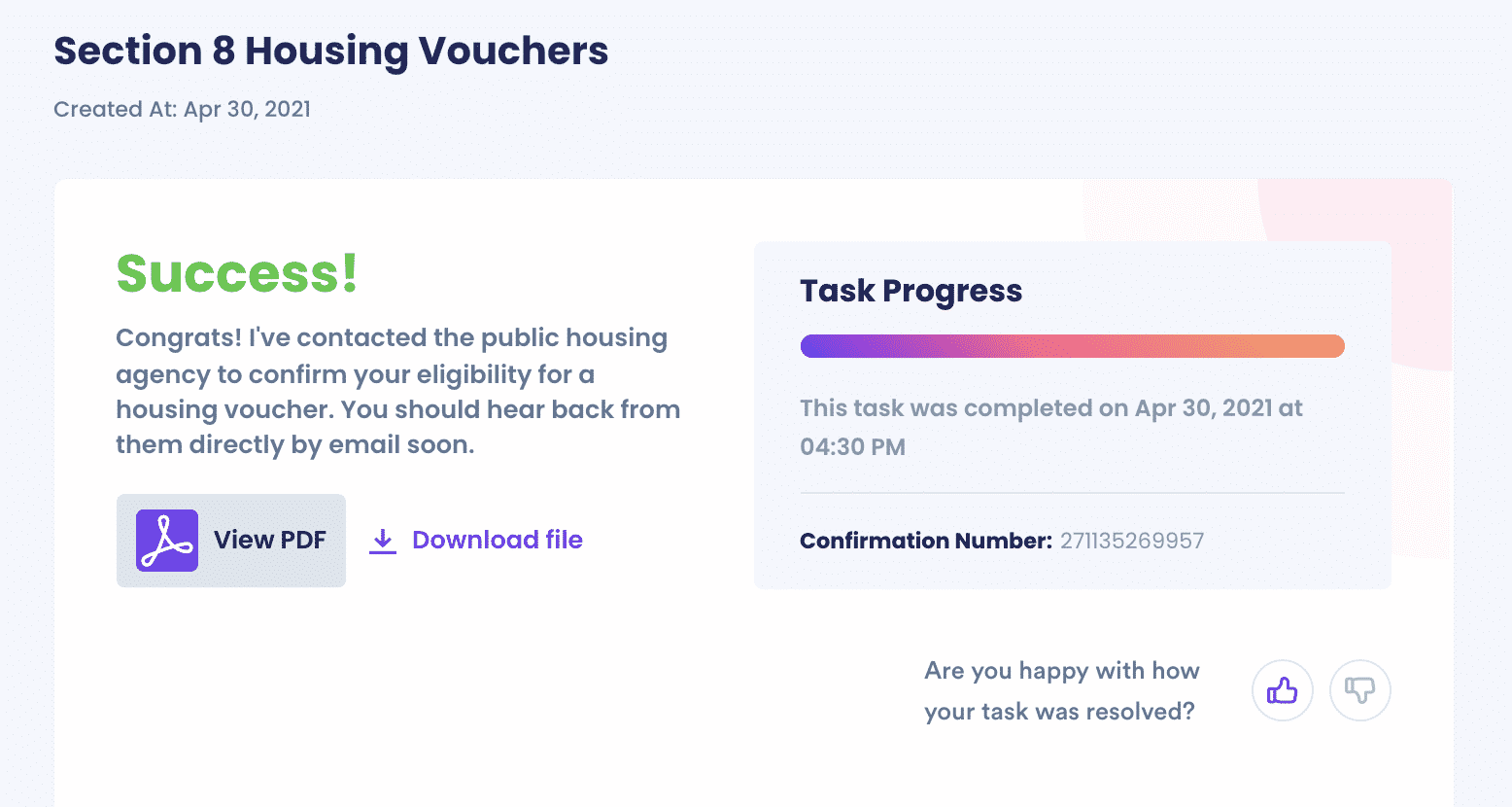All You Need to Know About the Section 8 Income Reporting Requirements
Commonly referred to as Section 8, the Housing Choice Voucher program allows low-income families to access safe and affordable housing. The federal government's rent assistance program is funded by the Department of Housing and Urban Development (HUD) and is administered by local public housing agencies.
Additionally, to qualify for Section 8 housing assistance, families must meet particular income guidelines. Beneficiaries must continue to while receiving Section 8. Although HUD sets income levels for qualifying for Section 8 housing, these levels depend on family size and differ from one state to another.
What Are The Income Reporting Requirements for Section 8?
While every county and even smaller cities and parishes have their own, some points are universal among them. Check out the table below.
Report Any Changes in Income Right Away | Notifying your local housing authority when you encounter a substantial change in your earnings is not an option. This is because the Section 8 housing program's goal is to ensure that your household pays at least 30% of its income in rent each month.
So, the local housing authority may need to increase your portion of the rent when your take-home increases, and vice versa. If you get a job or lose a job, report it. |
Local Guidelines for Public Housing and Extremely Low-Income Households | Public housing agencies must reserve 75% of their housing vouchers for extremely low-income households.
The reason is that the figure is 30% of the county's median income. However, one in four families receives assistance due to budget restrictions. Also, some states like Illinois have a moratorium on Section 8 applications. Also, states that accept voucher applications can initiate local preferences in line with the housing needs of specific communities. That, in turn, allows families who meet these preferences to move ahead of others on the waiting list. |
Local Income Qualifications for Section 8 | Every public housing agency is responsible for setting its eligibility requirements for Section 8 according to the income limits established by HUD for their area. Understand that HUD adjusts its income limits according to family size, implying that the larger the family, the higher the income limits.
Although the income limits vary from county to county, the standard program eligibility baseline is 50% of the local area's median income. For instance, it is impossible for a family of four in DeKalb County, Illinois, to make more than $29,971 to qualify for housing assistance since its median income is $59,942. |
Fair Market Rent | The local housing market sets the fair market rent. That refers to the going rent for a moderately priced home. The figure helps HUD calculate the payment standard, which is between 80 to 100% of the fair market rent.
Under Section 8, a family pays 30% of its adjusted monthly gross income towards rent and utilities while the public housing agency pays the difference. It is also worth mentioning that families may experience increased housing costs due to budget cuts. For example, one may have to bear the burden of an extra $100 a month in rent increase due to a 10% reduction in the payment standard. That is according to the Center on Budget and Policy Priorities. |
What is Reportable Income for Section 8?
Beyond a regular paying job, various earnings contribute to a family's annual income, including:
- Workers' compensation
- Child support or alimony (in some states, but not all)
- Welfare assistance
- Annuity payments
- Unemployment benefits
- Business income
- Social Security
- Death or disability benefits
- Severance pay
- Gifts
- Pension or retirement funds
- Gross wages
- Real or personal property net income
- Insurance proceeds
Understand that each family member must submit proof of income like tax returns or pay stubs to the public housing agency for income verification. Also, a family's annual income cannot exceed the median income limits set by HUD.
The income limits are set as follows:
- 80% for the low-income limit.
- 50% for the very low-income limit.
- 30% for the extremely low-income limit.
How to Apply for Section 8 Via DoNotPay (it’s Easy!)
It can be extremely confusing to apply for Section 8 or other rental assistance programs, but DoNotPay is here to help. While most public housing authorities have a long wait list, you can rest easy knowing your paperwork is completed correctly.
Just follow two easy steps:
1. Answer a few questions about your income, family size, veteran/disability status, which county you hope to live in, etc.

2. DoNotPay will find the PHA in charge of that county and contact them with all of your eligibility information to determine if you can start applying. They'll get back to you directly via email with the next steps.

See how easy that is? Just remember that you’ll need to continue to every year.
Now spend some more time on the app to learn other ways to save time and money.
Learn More About Section 8 With DoNotPay
Here are more articles you might find helpful:
But there’s more to accomplish with the app. DoNotPay can help you find coupons and deals, fight back against shady landlords, and apply for scholarships. Try it today.
 By
By